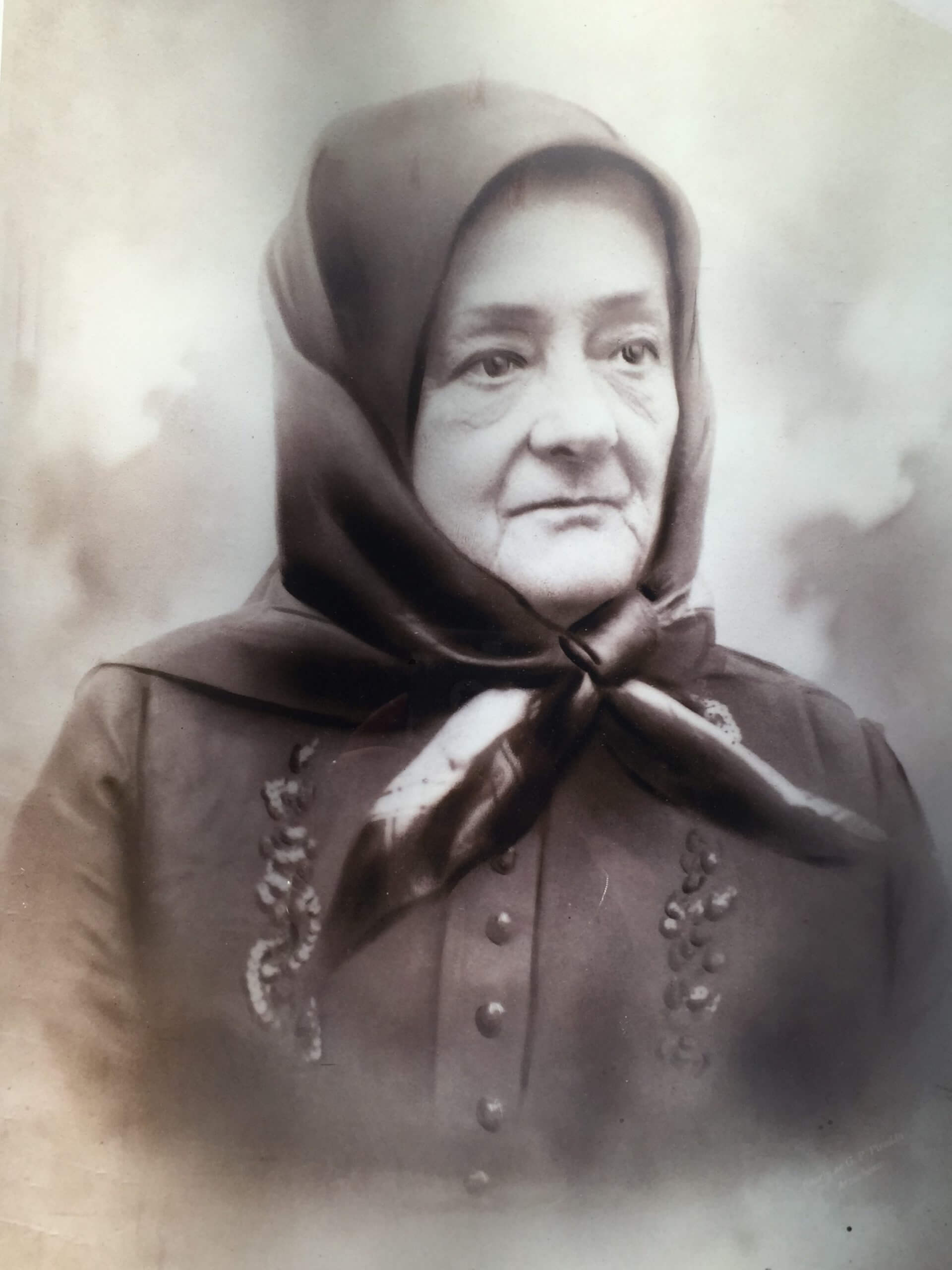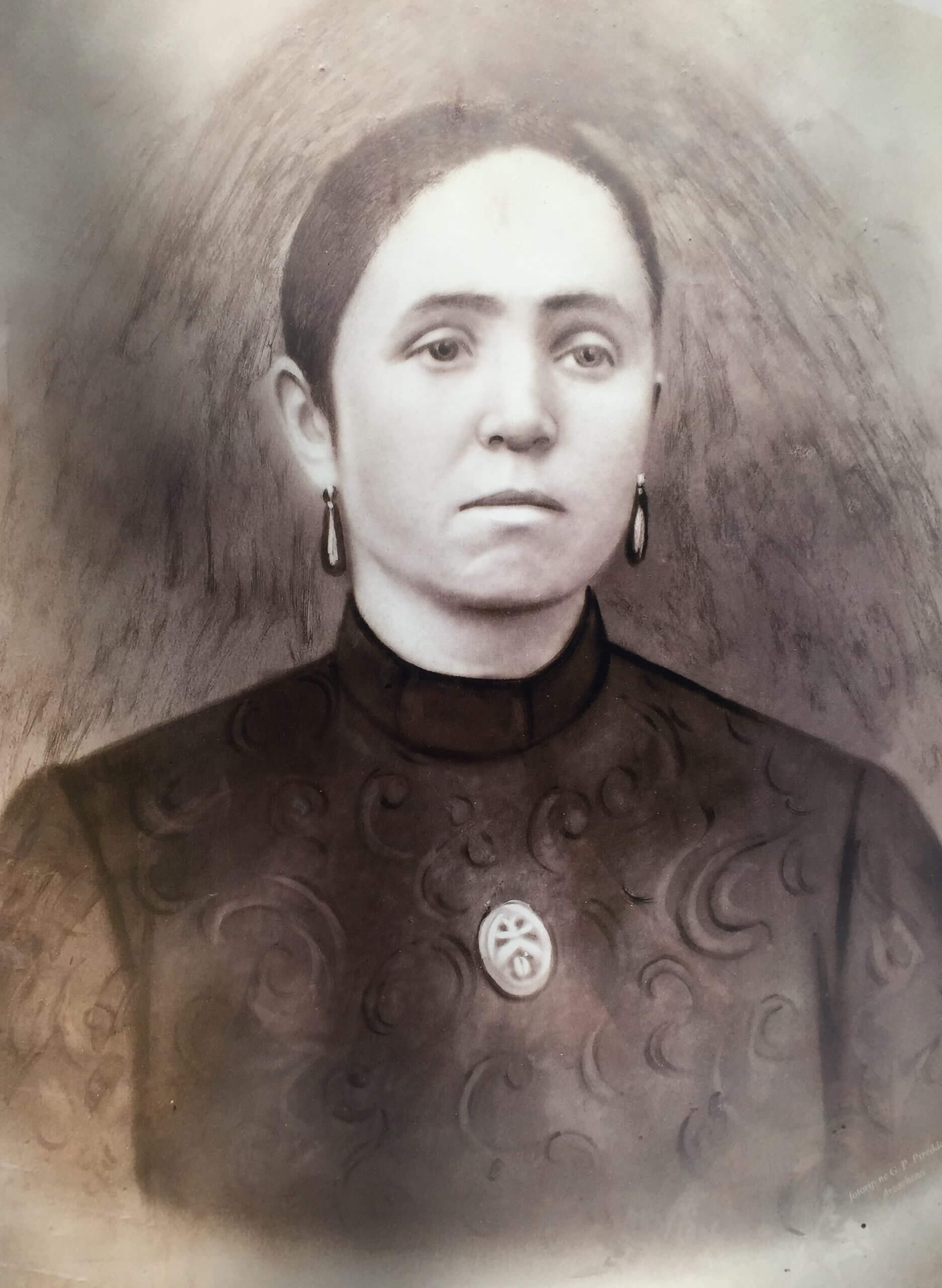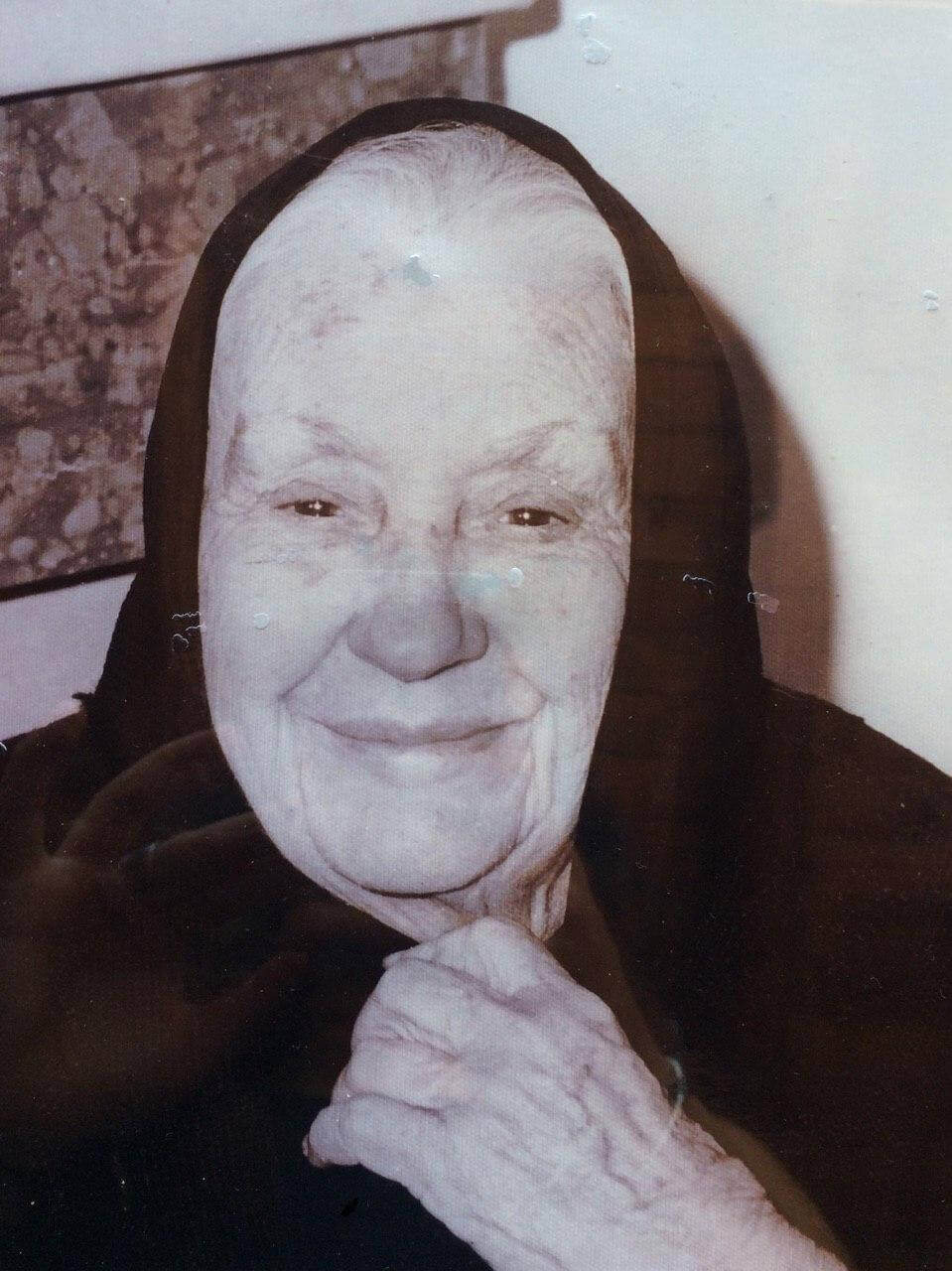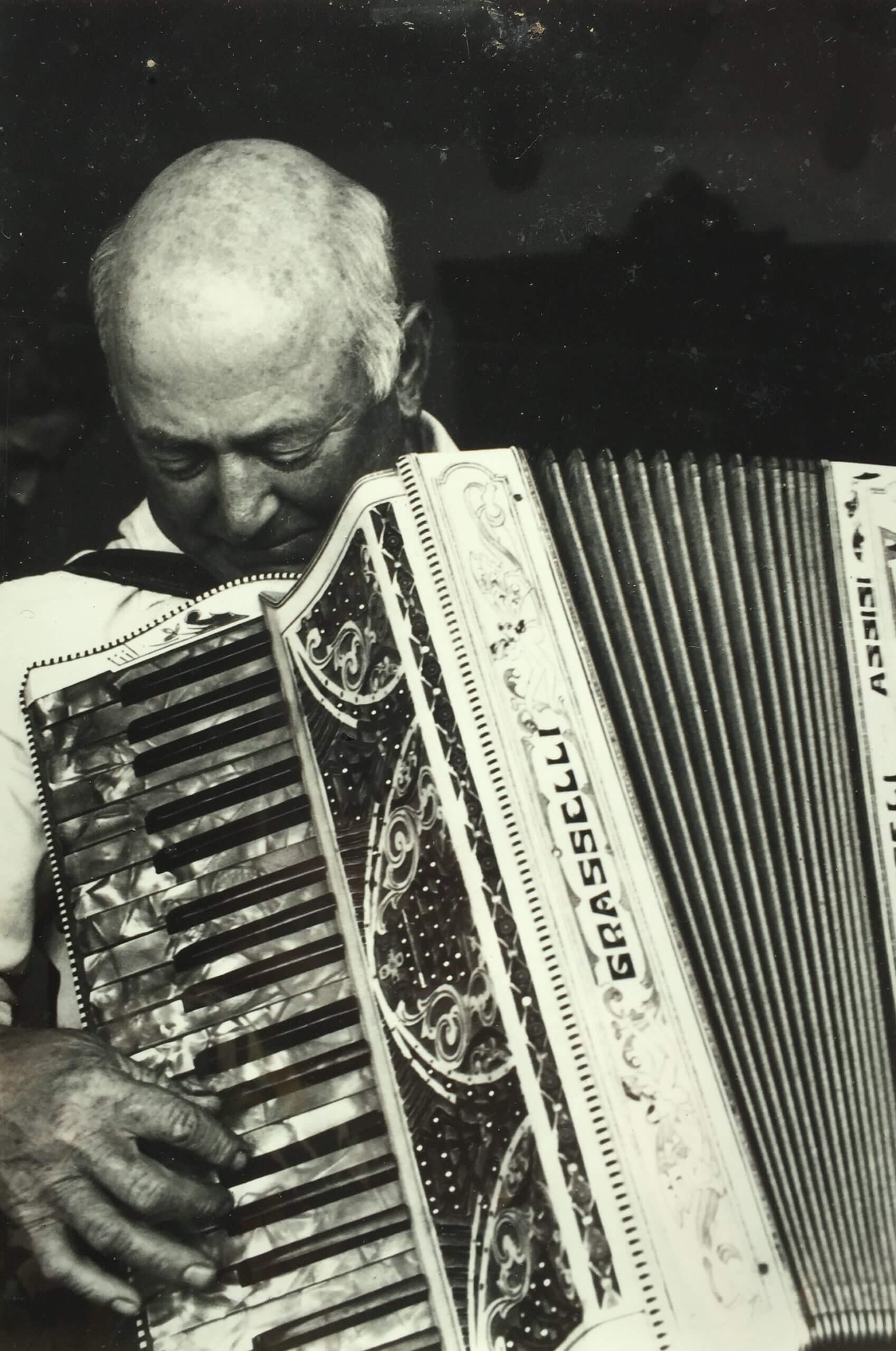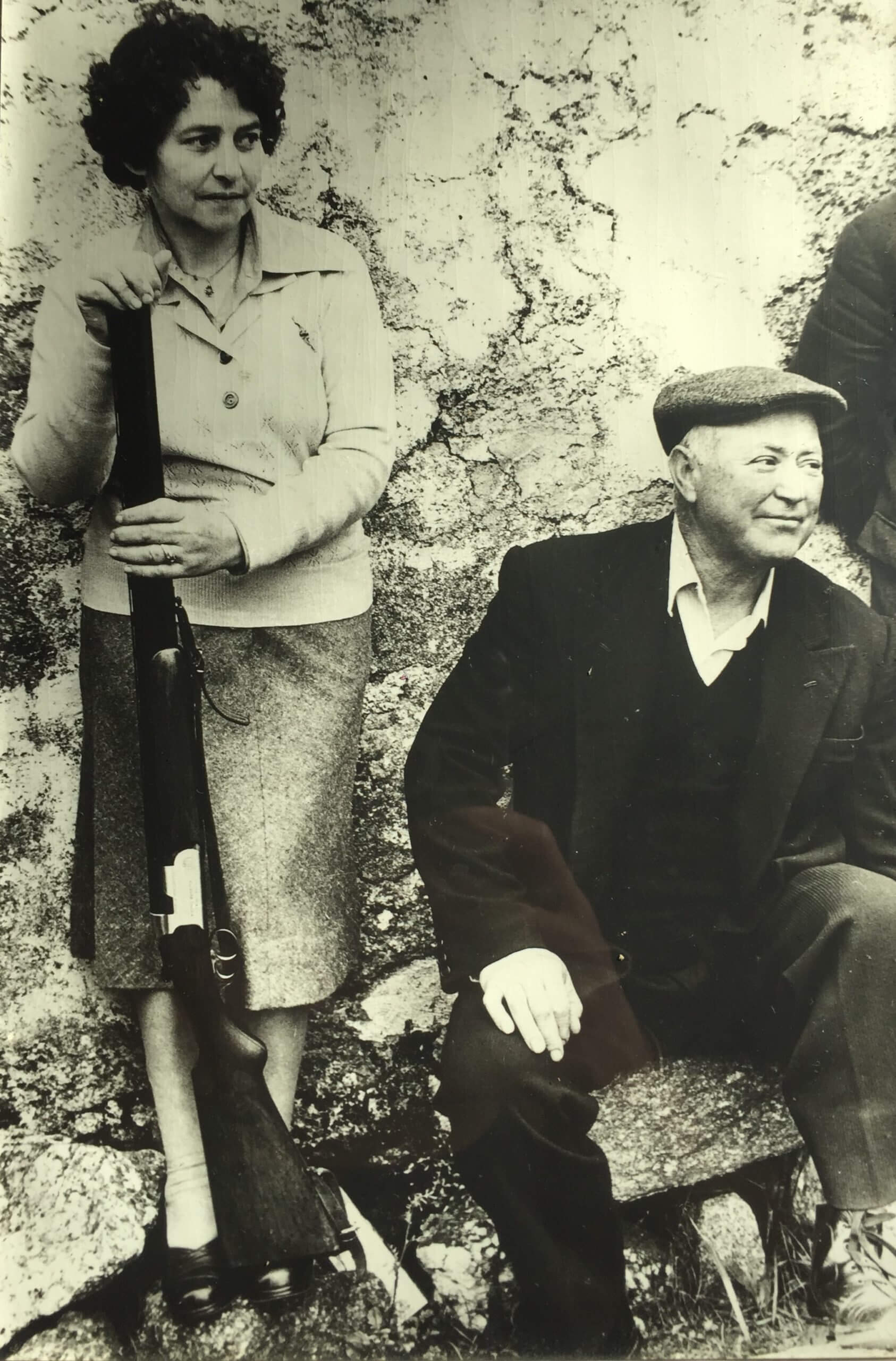THE STAZZO-MUSEUM
A house from past ages, built by our ancestors in the 1800s – allowing us to rediscover our traditions and local lifestyle.
The ‘Stazzo Museo Punta di Maltinu’ shows traditional utensils, furnishings, and agricultural tools as testimonies of cultural traditions and agro-pastoral activities.
We use the guided tours to show our guests local culture as we seek to demonstrate how people lived in ancient times. Through the collected pieces, we rebuild our identity.
The museum welcomes all those wishing to get to know the roots of Gallura’s stazzo culture. At our place, the visitors can travel through time and experience directly galluresian families’ daily life, living spaces, and domestic customs in ancient times.
The museum maintains strong links with the local population that we want to include in our project in order to contribute to a home-loving sensation. This connection is confirmed every year, as numerous schools participate at our guided farm tours.
Our museum welcomes all those who would like to get to know the origins of the local stazzo-culture: Our visitors go on a journey through time and make direct experiences about the ancient living-spaces, lifestyle and householding of galluresian families.
La Casa Manna
The Casa Manna
The ‘casa manna’ had granitic walls and a thatched roof on juniper beams. Inside, everything reflected the shepherd’s simple life: pavings on hard court, frugal furniture, and utensils for everyday use. Among others a big box, ‘lu cascioni’, where the family stored the precious grain. A corner in the kitchen is reserved for the manufacturing of Sardinian wool – represented by an antique frame, a spinning wheel, and a carding tool.
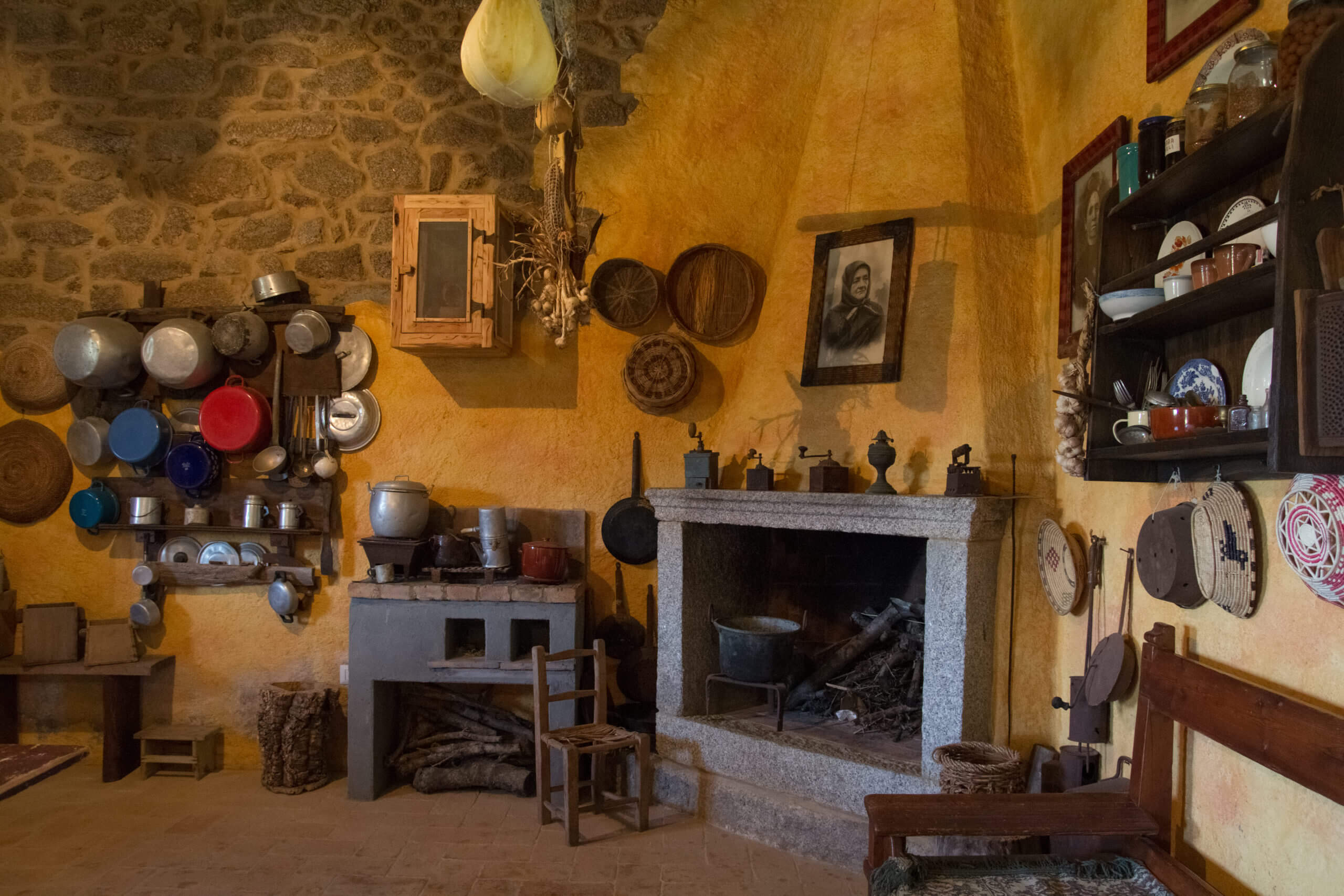
Lu Furru
The bread house (or oven) is the stazzo’s most ancient part, built in the 1700s by shepherds as a foothold while he was on the tramp. Particularly interesting are the chimney and the pavement made of granitic blocks.
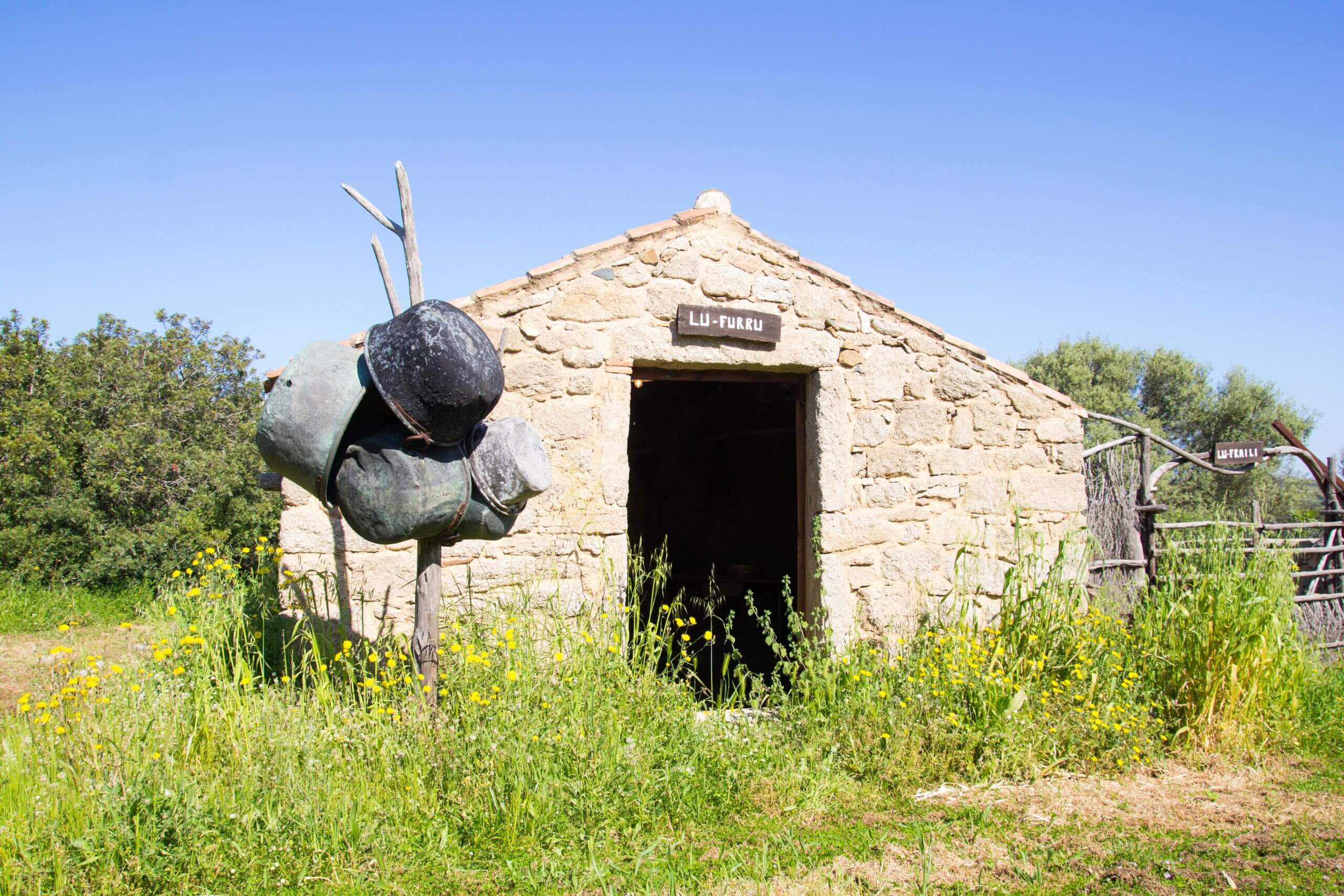
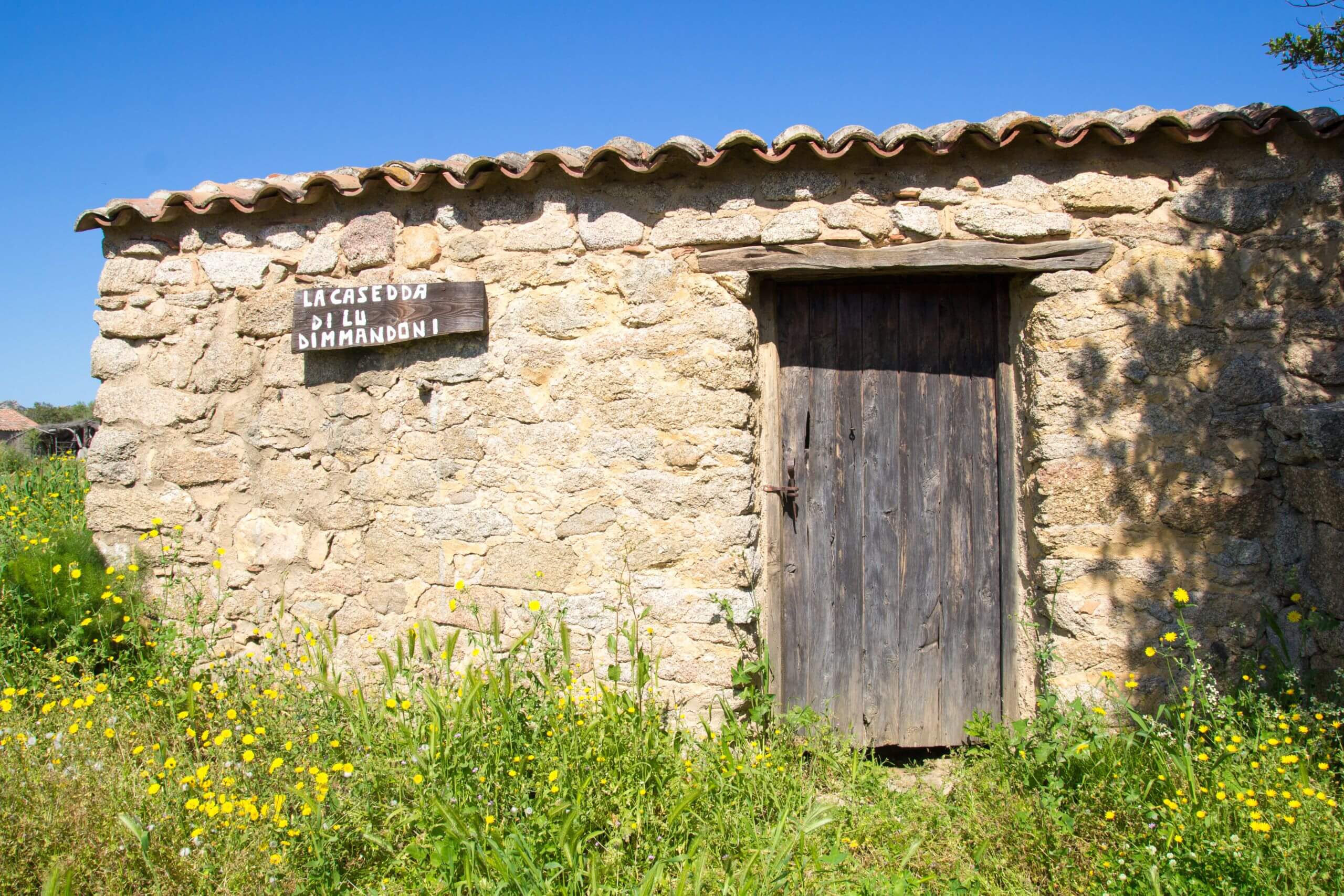
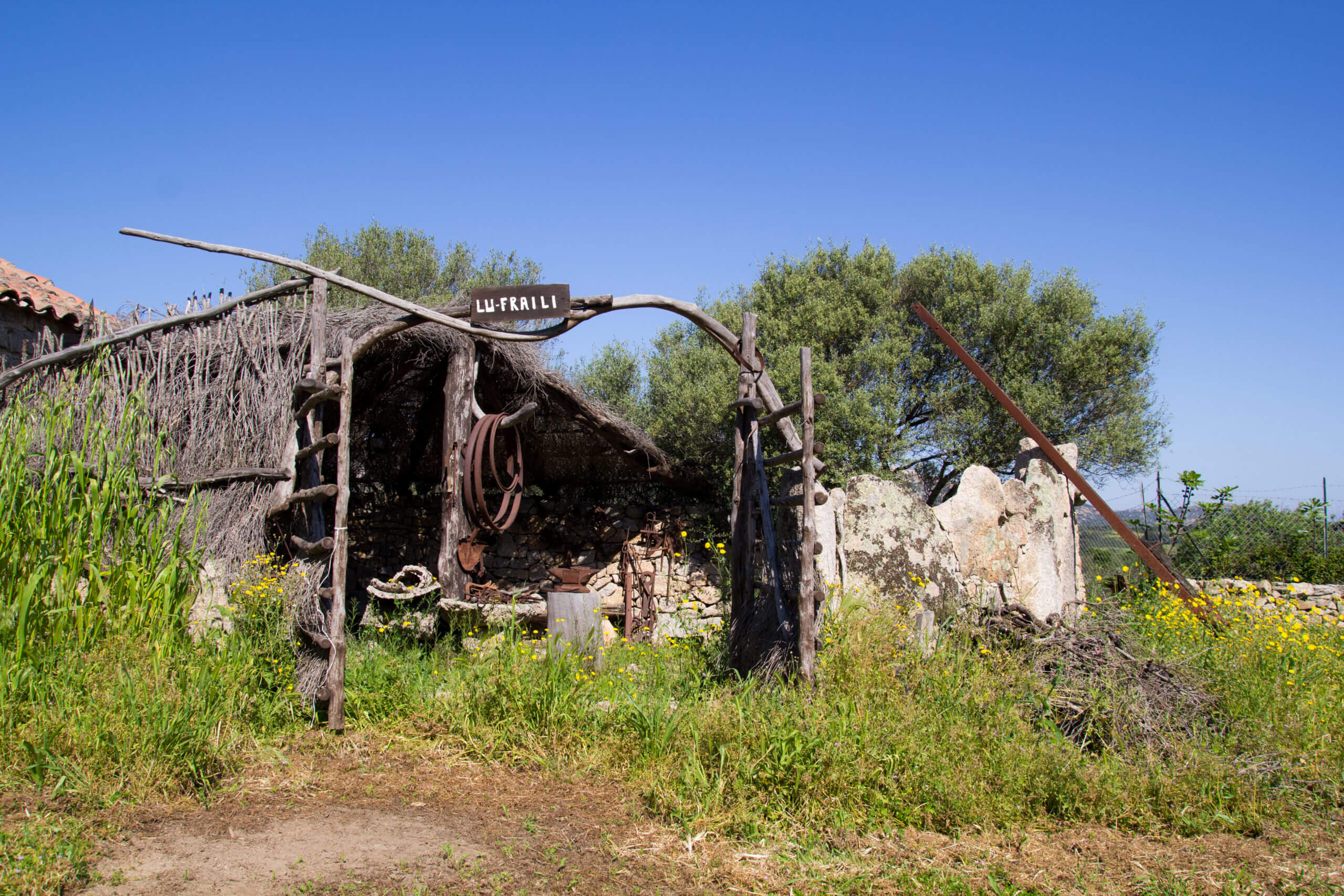
Chintina
and Casedda di lu Dimandoni
The bread house (or oven) is the stazzo’s most ancient part, built in the 1700s by shepherds as a foothold while he was on the tramp. Especially interesting are the chimney and the pavement made of granitic blocks.
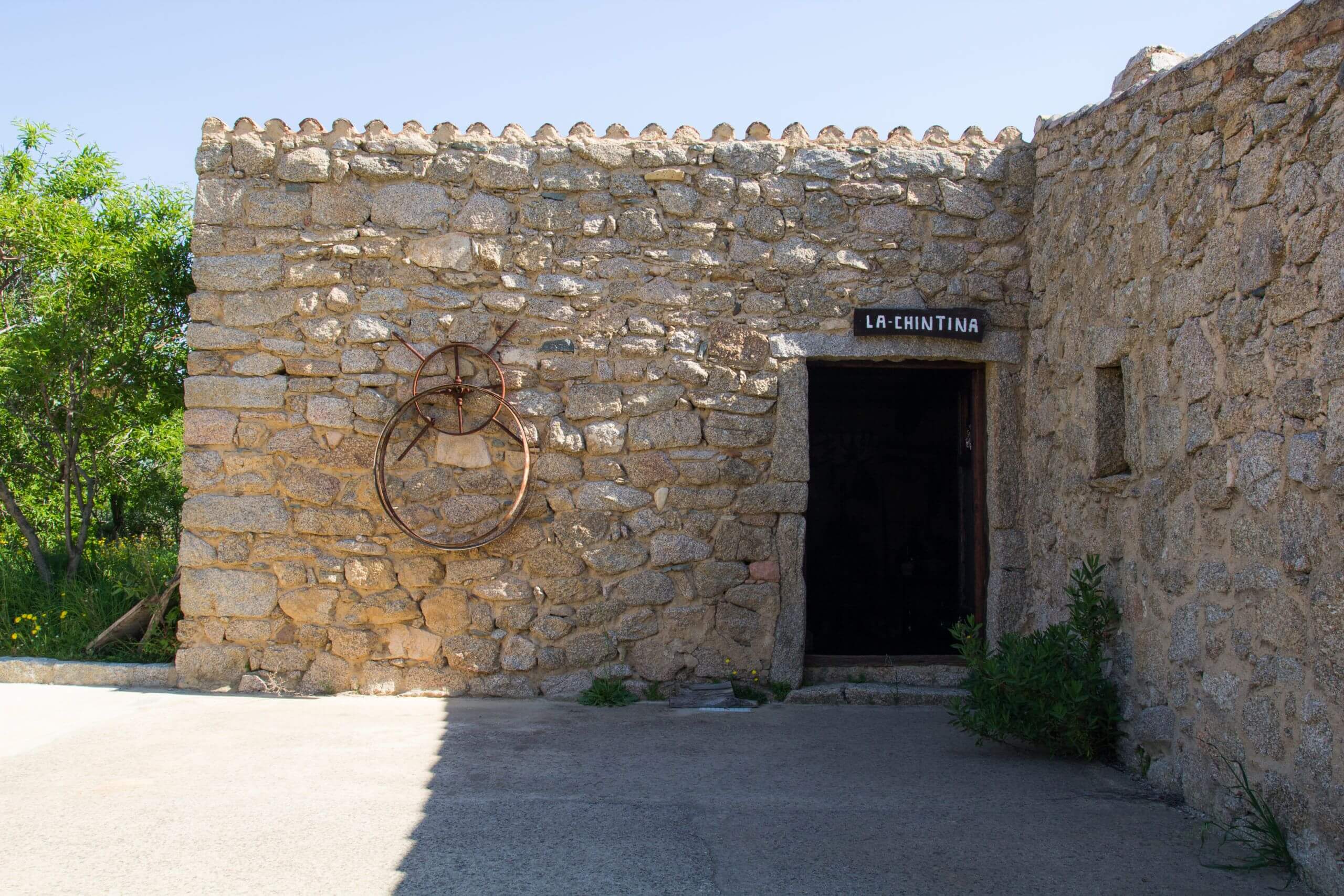
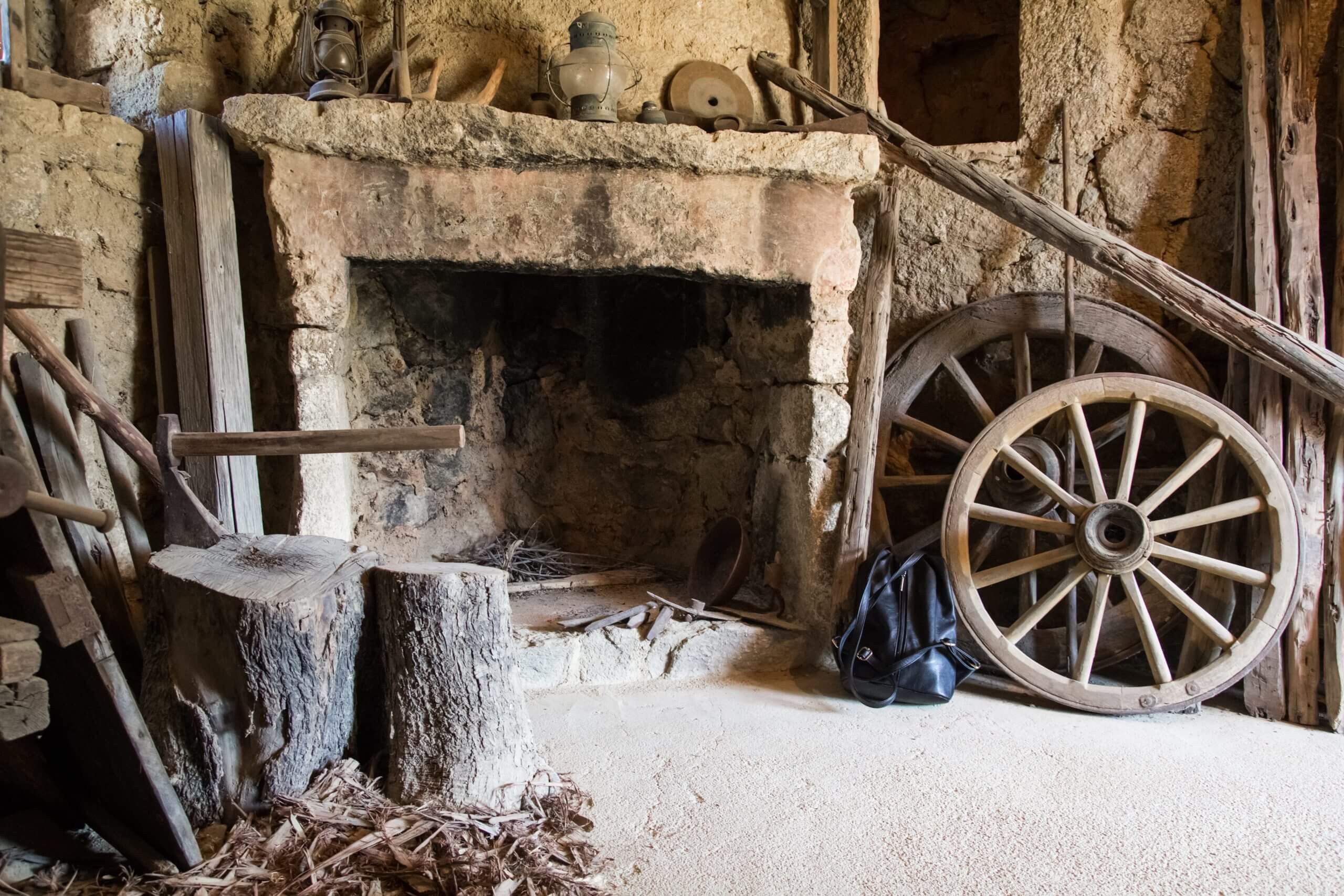
Our ancestors
200 years of history divide us, but their heritage remains.
